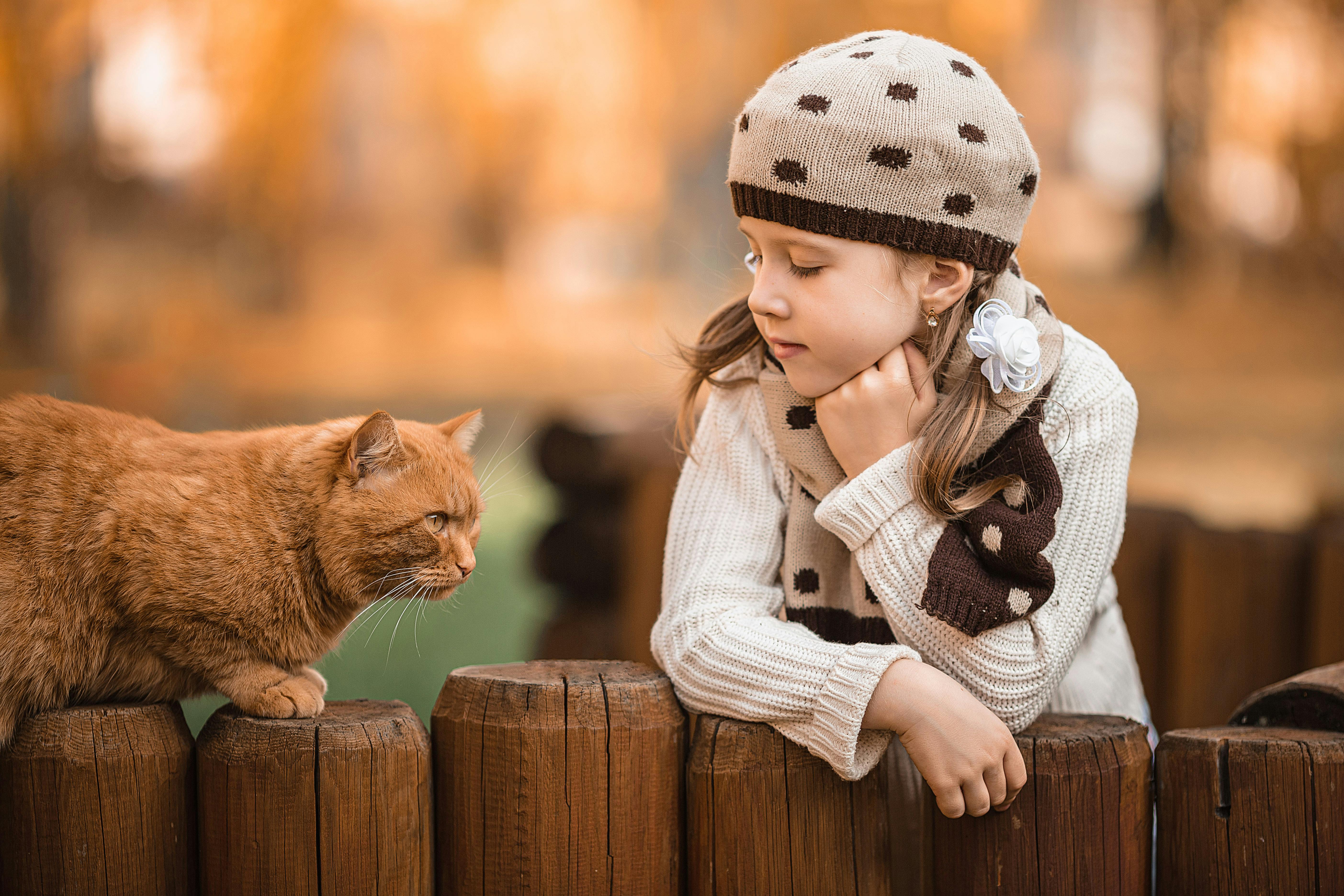
General description
Persian cats are beautiful, social and harmless companion animals. They are also called Iranian cats or Shirizi cats. The scientific name of this domestic animal is Felis catus. Persians have silky, shiny fur, a round face, bright eyes, and long hairs all over their bodies. Cats are generally famous for calm and sweet behaviors. They used to ask permission when entering to meet. Although the valid reason for her long hair is not known, however, scientists declared it to be the result of a natural mutation.
Source
In 1626, an Italian citizen, Mr. Pietro Della Valle, introduced a long-haired cat to Europe for the first time. It was probably brought to Europe by traders from the Middle East. In the beginning, these cats were known as Asian cats and were available in only one color. The credit goes to the Persian scientists, who developed their race. Now Persians are found in different colors, including bicolors.
Life expectancy
The average lifespan of this cat is fifteen years. More than 76% of cats live to be 12 years old and 52% of cats live 15 years or more. The veterinary department in England has stated that their average lifespan is 14 to 17 years. Persians generally weigh between 7 and 12 pounds.
Classification of the Persians
By the early 17th century, only one type of Persian cat had surfaced, developing over time. Today, there are more than 100 recognized types of Persians, which fall into the following four main groups:
1.Group-1. The cats of the first group have monochrome hair. His hair is the same color from tip to root.
2.Group-2. Persian cats of the second group have a suppressor gene.
3.Group-3. The cats of the third group have the Himalayan gene.
4.Group-4. The cats of the fourth and last group have the agouti gene.
type of persian cats
There are some differences between various international cat associations in the classification of Persians. All associations have their own opinion on origin, characteristics and classification. However, there are three main types of Persian cats i.e. Himalayan, Exotic and Persian. Some scientists have also narrated the following types:-
• Himalayas.
• Exotic.
• Persians and Angoras.
• Traditional Persians.
• Peke-face and ultra typed.
• Toys and sizes of teacups.
• Chinchilla Long Hair and Sterling.
• Coloring.
Persian food
The Persian cat belongs to the Mammalia class and is a carnivorous animal. She feeds milk to her kittens. The Persians cannot sustain life without consuming meat in some form. Goat’s milk, pumpkin, fish and vitamin are the best food for Persians. Cats should never be given alcohol or alcoholic beverages, sugar and onions because it can cause serious health problems.
Persian diseases
Persians generally suffer from the following diseases:-
1. Breathing difficulties/problems.
2. Dental problems
3. Kidney diseases
4. Skin problems
5. Excessive tearing
6. Eye diseases
7. Fungal infection
Care and maintenance
The department explained the cause of death of the Persian cats. They are of the opinion that Persians have a large round skull, shortened face and nose, which creates breathing difficulties. Cats often suffer from breathing difficulties due to their facial structure. Also, Persians have long hair, which needs regular grooming and maintenance to prevent matting. They should be bathed and carefully dried daily. Your eyes can be cleaned regularly to prevent eye diseases.
Personality and Behaviors
The Persian cat is a beautiful, calm, sweet and gentle pet. Enjoy the company of peaceful people. Persian cats are calm by nature but they also have a playful side. Cats have a strict feud with dogs.
Pre-Purchase Measures
Some important pre-purchase steps are as follows:-
1. Cost of the cat.
2. Color combination of Persians.
3. Maintain good relations with breeders.
4. Visit a CFA cat show.
5. CFA registered breed.
6. Be ready to bathe and brush every day.
7. Choice between cat flat face or traditional face.
Keeping cats in Islam
Islam is a complete religion and way of life, in which everything is clear. Islamic tradition and society has respected cats for their cleanliness. Islam has allowed cats to enter Muslim homes, mosques, and even the Masjid al-Haram. Islam has allowed Muslims to keep cats in the house without being harmful or impure (Najas). Cats are useful companion animals because they eat snakes, rats, and other harmful insects. The great Sahabi Abu Hurayrah (father of the kitten) was named for his love of cats.